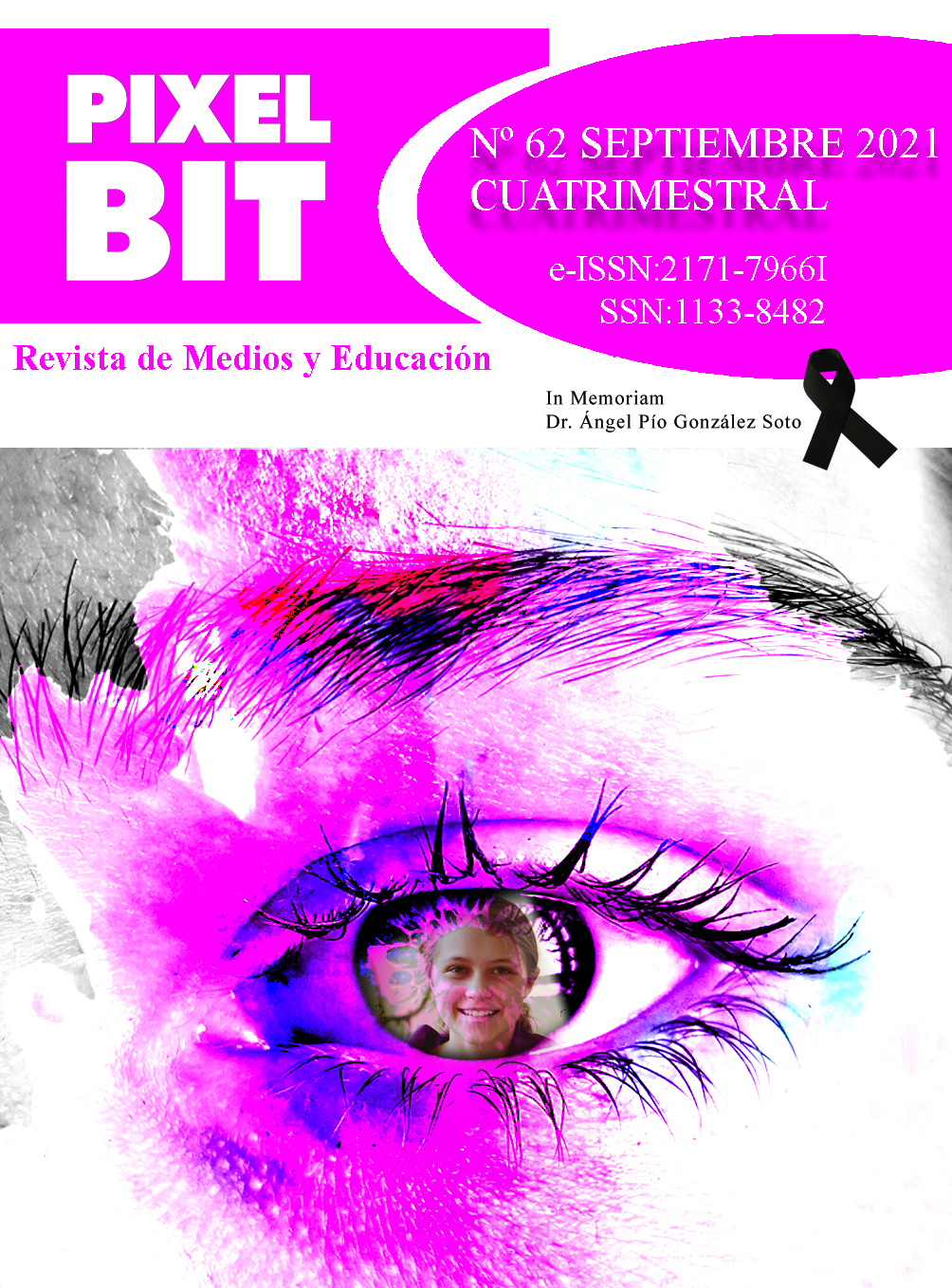Resumen
En el presente artículo se presenta una secuencia de enseñanza y aprendizaje sobre la división celular mitótica para estudiantes de educación secundaria, la cual contiene como apoyo tecnológico una aplicación móvil de realidad aumentada (RA). El objetivo fue promover la visualización del proceso de la división mitótica y con ello promover explicaciones más robustas y complejas evaluadas mediante una clave de niveles de representación. Las actividades propuestas tuvieron por objeto que los participantes fueran capaces de describir, relacionar, explicar e interpretar las diferentes fases de la división celular mitótica. La metodología se sustenta en un diseño preexperimental. Los datos recolectados (n= 162) corresponden a las producciones de los estudiantes (dibujos), que forman parte de las actividades de la secuencia, los cuales son comparados con una matriz de niveles de representación. Los resultados parecen indicar que, a lo largo de la secuencia, las producciones elaboradas por los participantes transitan desde representaciones iniciales que se corresponden con una descripción icónica del proceso hacia representaciones que contienen una mayor carga semántica y semiótica.

Esta obra está bajo una licencia internacional Creative Commons Atribución-NoComercial-SinDerivadas 4.0.
Derechos de autor 2021 Píxel-Bit. Revista de Medios y Educación

